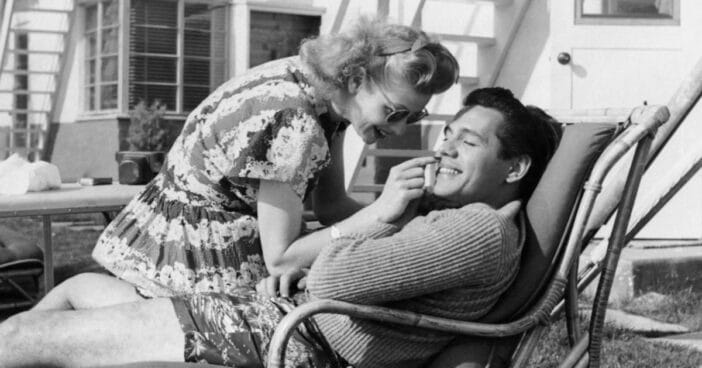
Lucille Ball and Desi Arnaz are very much in the news these days, thanks to the Aaron Sorkin film Being the Ricardos and Amy Poehler’s new Amazon documentary, Lucy and Desi, which begins streaming March 4. At the moment, it’s the latter as well as Lucy and Desi themselves that we’re focused on. Lucy and Desi explores the unlikely partnership and enduring legacy of one of the most prolific power couples in entertainment history. Lucille Ball and Desi Arnaz risked everything to be together. Their love for each other led to the most influential show in the history of television, I Love Lucy.
Desi — a refugee from Cuba after his family lost everything during the Cuban revolution of 1933— became a bandleader, an actor, and eventually a brilliant producer and technical pioneer. Lucille came from nothing and, with an unrivaled work ethic, built a career as a model, chorus girl, and eventually as an actor in the studio system. She found her calling in comedy, first in radio. When Lucille was finally granted the opportunity to have her own television show, she insisted that her real-life spouse, Desi, be cast as her husband. Defying the odds, they re-invented the medium, on the screen and behind the cameras. The foundation of I Love Lucy was the constant rupture and repair of unconditional love. What Lucy and Desi couldn’t make work with each other, they gave to the rest of the world. Lucy and Desi is an insightful and intimate peek behind the curtain of these two remarkable trailblazers — featuring interviews with Lucie Arnaz Luckinbill, Norman Lear, Desi Arnaz Jr, Carol Burnett, and Bette Midler.
Lucy and Desi: Behind-the-Scenes

It is often hard to tell the story of how something is made, yet for a documentary that goes behind-the-scenes as much as Lucy and Desi does, the making-of in this film’s case is straightforward: it began with a team of talented producers finding the right director. Producers Michael Rosenberg and Justin Wilkes of Imagine Entertainment, Jeanne Elfant Festa, and Nigel Sinclair of White Horse Pictures, all had Amy Poehler on their minds when it came to who would be the best person to tell this story.
RELATED: Watch the Trailer for the ‘Lucy and Desi’ Documentary From Director Amy Poehler

“I had seen her films, I knew she was directing, but I didn’t know if she wanted to do a documentary,” says Elfant Festa. “She was in our living rooms – we all felt like we knew her character, Leslie Knope, from Parks & Recreation – just like we feel like we know Lucille Ball, from I Love Lucy. But both are, of course, completely different people from their characters.” Adds Justin Wilkes, president of Imagine Documentaries, “We knew we needed a filmmaker who was somehow connected to the subject matter, someone who could really appreciate what Lucy and Desi stood for, and all of their firsts. And Amy had walked in Lucille’s shoes – she was a female comedian and had come up in the business, as a performer, as a writer, and as a director – all while having a family. We weren’t concerned about her not having directed a documentary before. She already knew this story from firsthand experience.”
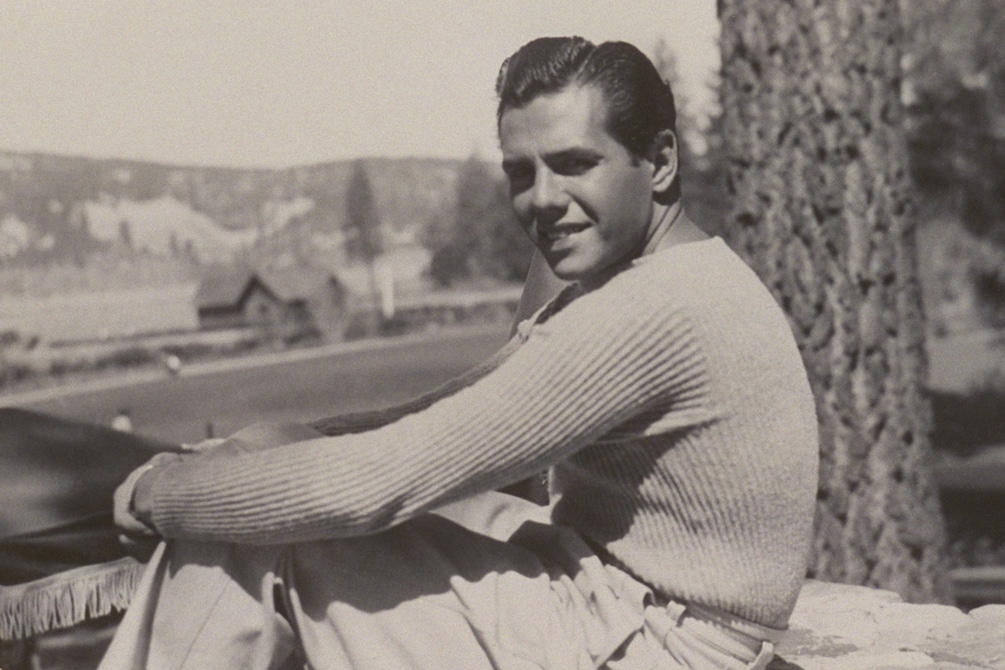
Poehler’s earliest memories, as a child, of I Love Lucy are of countless chuckles coming from her family’s living room, hearing her parents’ laughter as they watched the show. “I Love Lucy and television were almost fused,” she states. “It was as if that show came with every television.” But it was not until she was deep in her own career that she truly connected with it – and with its stars. “It wasn’t until I got older, and doing comedy myself, that I really understood what they were doing, and was able to see the many layers to their genius. I’m inspired by the big swings that the two of them took. They came to their success with a lot of confidence. And, because of that, they said ‘No’ to a lot of things. They took giant leaps. They left their homes and worked really hard, and just kept gambling. And they didn’t play small. They were very, very brave.
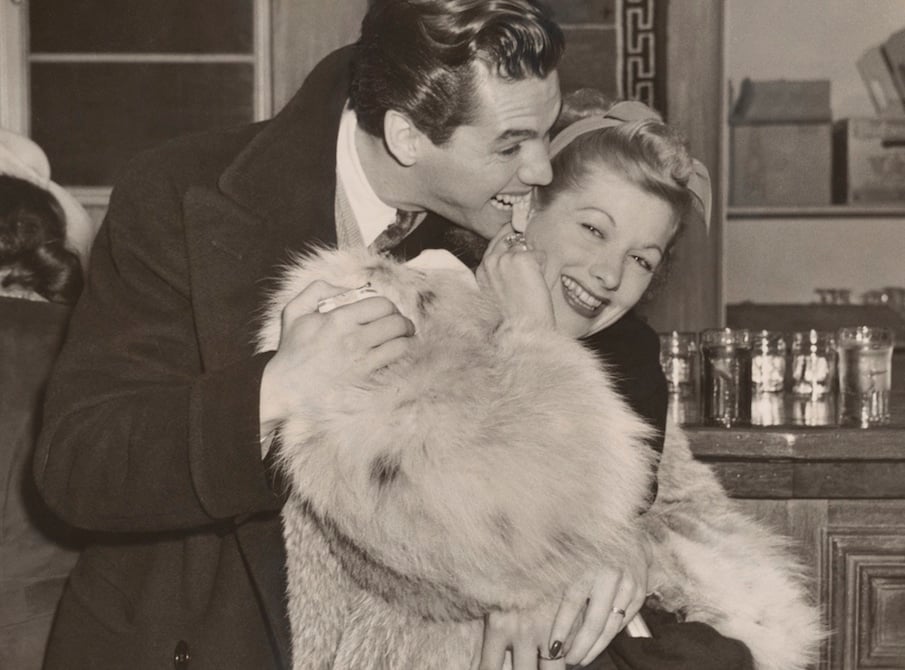
“The way in to a lot of stories,” Poehler adds, “for most people, is a love story. It’s really universal. I knew I wanted to touch on important themes – the different ways they approached work, what kind of work comedy is, and what they did as pioneers for television. But we succeed and fail based on how much we care about their love story.”
Celebrating Lucy and Desi’s Innovations
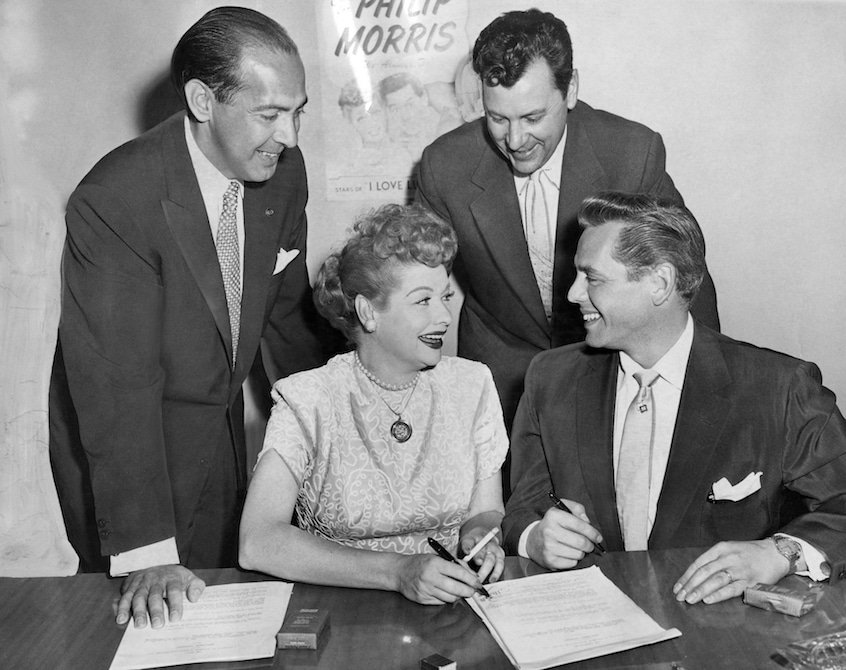
Poehler was also keen to tell the story of how Ball and Arnaz completely turned the television world upside down, Sinclair notes. “Amy came to this with a very strong point of view about who Lucille Ball was – an insurgent or a disruptor of the business. They shot in L.A., they shot it on film, they used three cameras, they cast a man of color in the leading role for a national sitcom. This isn’t just a story of ‘funny’ – it’s a story of disrupting the TV business, and of a relationship that breaks and makes.”

Another key part of their story for Poehler quickly became evident. “One of the themes that I grasped onto very early on was the idea of ‘rupture and repair.’ Which is something that comedy can do really well. It’s what people turn to when their own lives are chaotic. And I Love Lucy was one of the early adopters of that genre: you have a problem, let everything unravel, but, don’t worry, it’s gonna be okay.”
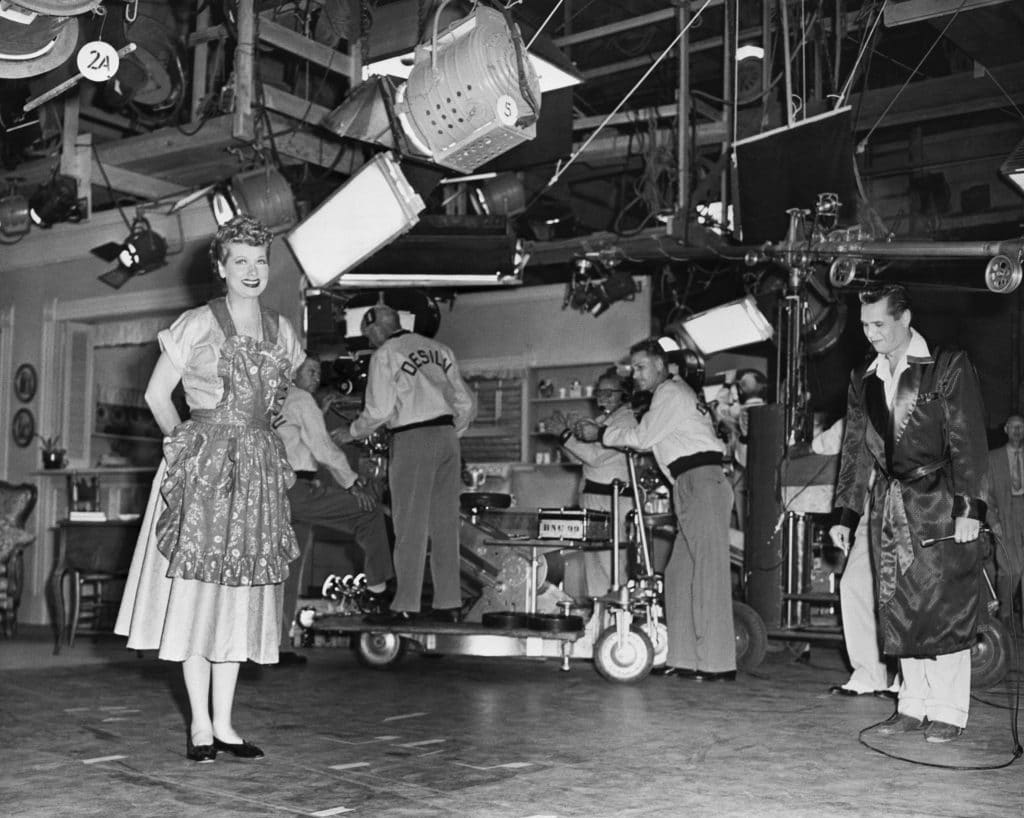
As Lucie Arnaz describes it, “I Love Lucy really was about unconditional love and forgiveness. Somebody screws up really bad, and at the end of the 30 minutes, somebody goes, ‘Oh, honey… I love you, blah blah blah.’ I always say it could have been called, I Love Lucy Anyway!” And when it was mentioned to her that Amy was circling the project, that just kicked it up a whole notch for Arnaz. “Amy’s sensibility as a female, a comedienne, a mother, a performer, someone who works and tries to raise a family – I just thought that would be amazing.”

The principals in this story live that out in real life. “It’s so interesting that this iconic television family and marriage didn’t last,” remarks Poehler. “And yet, we do get a kind of repair, in the story of the film, and in Lucy and Desi’s lives. They do show us, by example, just by living their lives, what it could look like.”
Writer and producer Mark Monroe was formally brought on board to help build the script, spending much of late 2019 and the majority of 2020 on the project. “I start with simple timelines – incredibly detailed timelines,” he explains, building separate ones for Lucille’s life, Desi’s life, and then of their life together. “And you can begin to see, then, what events shaped their decision-making.” Then, through discussions with Poehler and the producers, a framework is built to help determine the direction and parts of the story they plan to tell.
The Lucy/Desi Treasure Chest
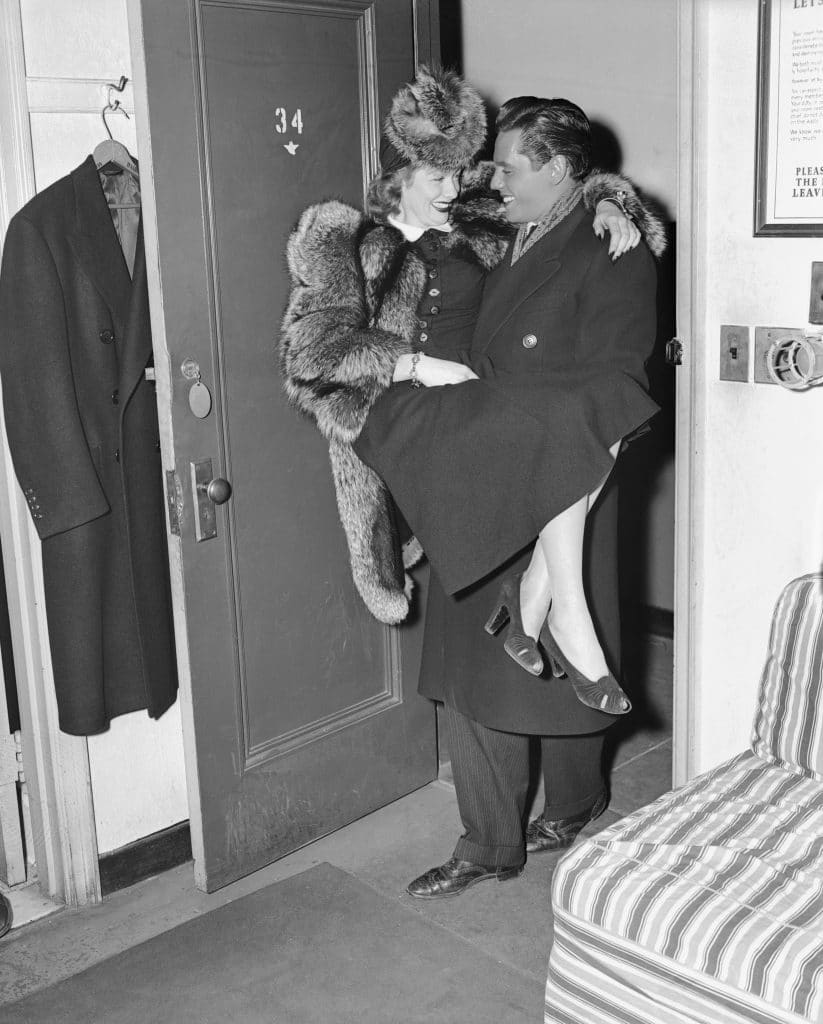
The lights truly came on for the documentary when the filmmaking team struck gold with the treasure trove that was the family archive at Lucie Arnaz’s Palm Springs home. Within the archive, Elfant Festa found a small lockbox, which contained reel-to-reel audio tapes of the family with Vivian Vance and Desi Arnaz and the children reenacting their favorite I Love Lucy’s. After more exploring, they uncovered over 20 additional audiotapes, recorded with reporter Betty Hannah Hoffman around 1965, for what was intended to be an article in Ladies Home Journal. The article didn’t run in the magazine, however, so noting that the two had already put in a lot of work thus far, Ball had suggested that Hoffman continue interviewing her and create a book from them instead (eventually released as Love, Lucy).

The recordings are sometimes Lucy with Hoffman, and sometimes just Lucy herself, answering questions the writer has provided. “It’s interesting, she’s very plain spoken and not trying to be funny – she’s not doing standup,” Poehler points out. “She’s just telling her story.”
“I knew there were things like that, but I didn’t think they were that interesting,” says Arnaz. “But once we started to digitize things, I said, ‘I don’t know if there’s anything in here you really want to use, so let’s just listen to a few of them.’ And it was, ‘Oh, my God – is that what that is? I thought those were lost!’”
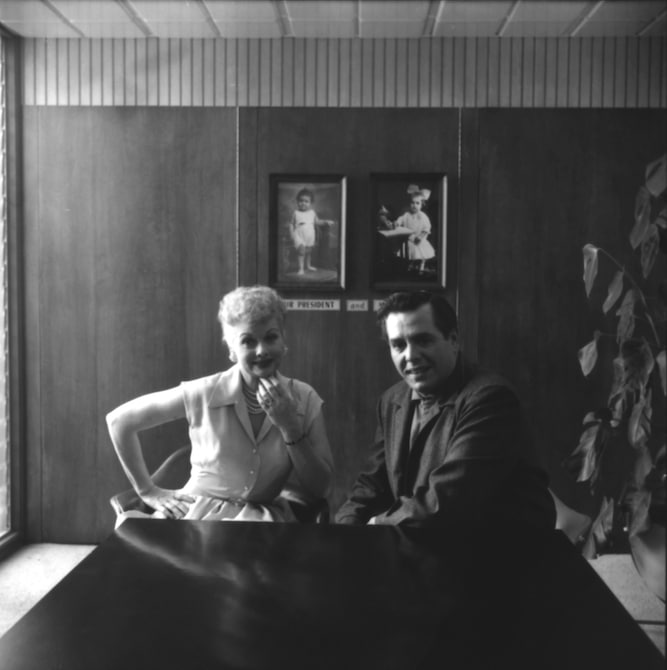
The Hoffman tapes made up about 70% of the reels found in Lucie’s collection, with another 10% her mother simply recording on her own. The other 20% were recordings Desi had made late in his life, for a never-published follow-up to his 1976 autobiography, A Book. While taped in a more haphazard fashion than his ex-wife’s, the recordings revealed many things Arnaz had never openly spoken about previously. “They were very telling,” says editor Robert Martinez. “He talks about how he doesn’t live in moderation, that he swings from one extreme to the other. His self-awareness was quite amazing.”
Lucille Ball and Desi Arnaz pictured reading at home, USA, circa 1955. (Photo by Archive Photos/Getty Images; courtesy Amazon)The collection also contained color photographs and color home movies, some of which Lucie Arnaz had used in her earlier 1993 documentary, Lucy and Desi: A Home Movie, but not to the extent seen in Lucy and Desi. “We were blessed with the fact that this was a Hollywood family, that had access to a personal film camera – 8mm, in some cases, 16mm – which not everyone had back then,” says Wilkes. “And they documented their lives. There’s so much footage – at home, the kids growing up, vacations they took. It offers a very specific lens into that relationship.”
It’s All About Trust
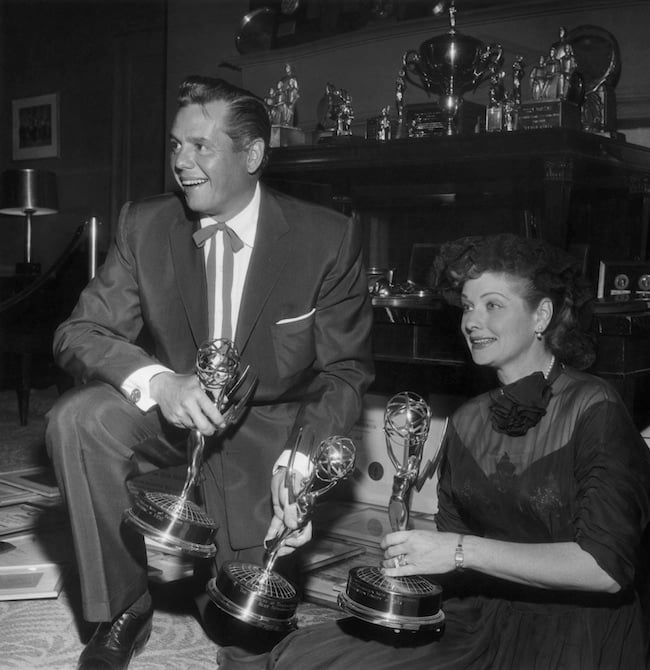
“I, somehow, trusted this group to turn over every single thing in my entire life to them, in our archive here,” Arnaz states.
The archive assets – and the tapes in particular – offered Poehler the ability to have the subjects of the film – Lucy and Desi – tell their own story, in their own words. “Once we knew that we were able to hear them speak, it just opened up this world,” Poehler explains. “We so often use words like ‘mavericks’ and ‘icon’ and ‘trailblazer,’ which are all very non-human words. Not only did I want to hear the way that they explained things, but it helps bring them back to life. And we also know, as sophisticated documentary audiences are now, we’ve learned that not everybody are reliable narrators. And this allows us to hear, and judge, that for ourselves.”
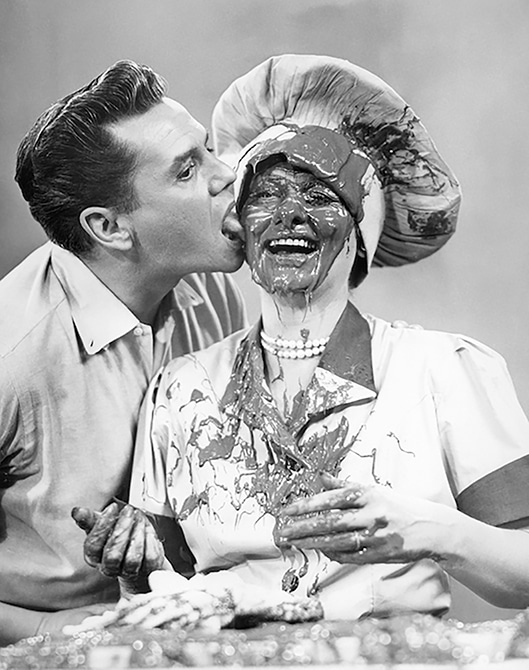
The difference wasn’t lost on Arnaz either. “Listening to my mother tell stories, in her own words was very different than, say, reading her autobiography, which I read just placing her voice while I was reading. But finding tapes of her actually answering those questions, in depth, things that never occurred to me that were on her mind, and spoken in that rhythm I know – that was invaluable to me.”
Documentaries are very much a team effort, in good part between the director and a very skilled editor. In this case, Poehler had the benefit of working with Emmy®-nominated Robert Martinez; the experience was a new one for Poehler, who had directed narrative films and episodic comedies, but was approaching a new frontier with her documentary debut. “The relationship between an editor and a director on a documentary is like no other,” she explains. “It was a special privilege to work with Robert. He was really instrumental in coming at a lot of the material in a very fresh way. I just feel like we were always on the same page in what we were trying to do. It was really him, Mark and Nigel and Jeanne, the whole team.”
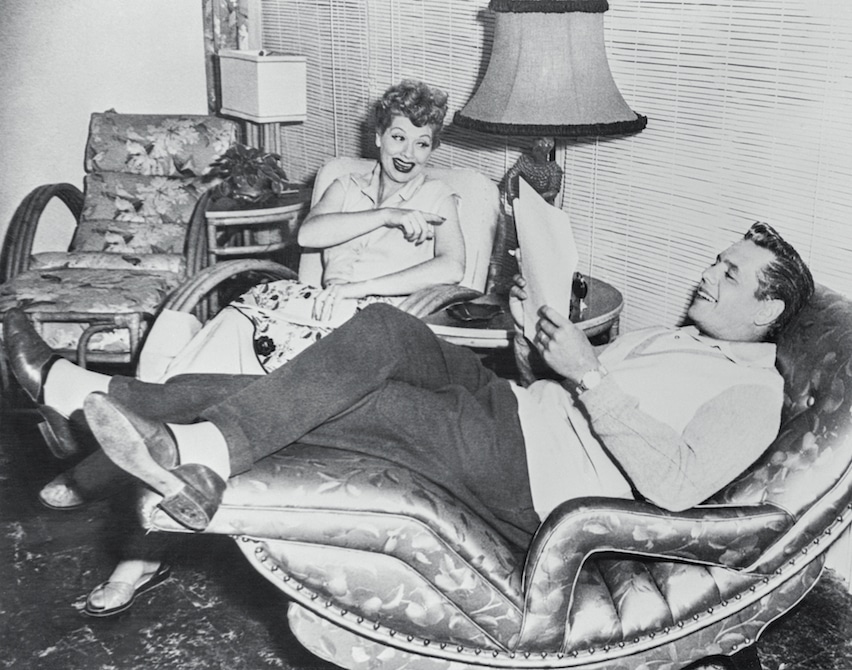
Poehler was every bit as hands-on as an editor and producers would hope for a director to be, sitting beside Martinez and working with him on a regular basis. “We were able to test out scenes and work together in person – even during the pandemic. I was able to be there every step of the way. Which was key, because when you’re working with real people and their lives, there are a million ways to tell the story. You have to make strong decisions early. And you have to get used to the fact that you’re not going to be able to get everything in. We’re really doing a story about two people for the price of one.”
“She was in it…the entire process,” Martinez states. “It was fantastic to just have her undivided attention. And she wasn’t afraid to get other opinions, try other things. There was no strict protocol of ‘We’re doing this.’ She was very open to collaboration. Our goal together was to apply the right intention to everything, then figuring out different ways to do it, with no ‘This isn’t my idea’ ownership thing. There were multiple ways to do it, and the best idea in the room always won.”
Casting Famous Faces and Inspired Individuals
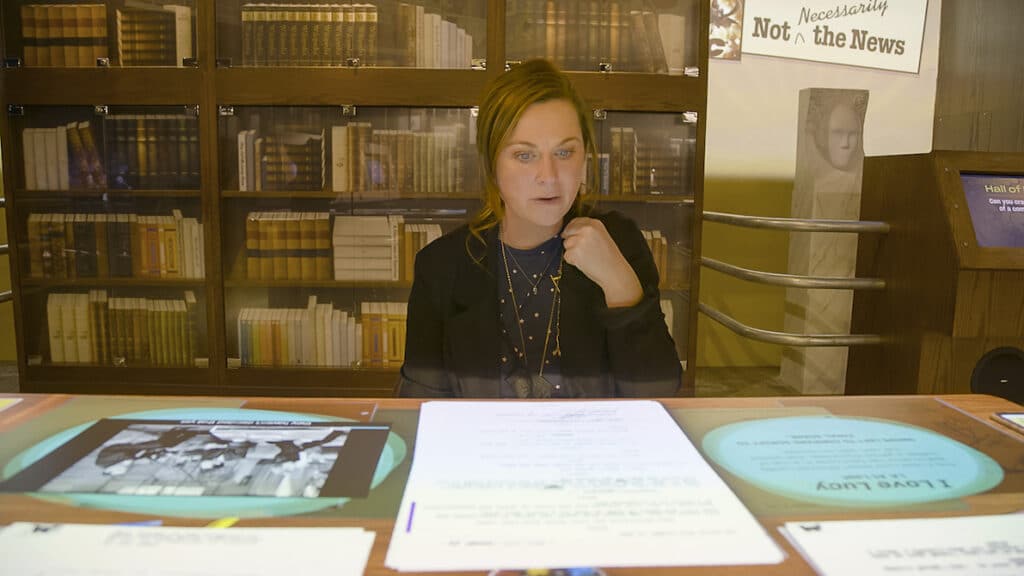
Poehler’s job as a storyteller had a different responsibility, too, to her subjects. “Something I did learn, that a documentarian’s power is quite something. The director of a documentary has an incredible amount of power, in which to highlight, underline, leave out, omit or admit. To decide what story you want to tell, where are you being authentic, where are you editorializing? There were many times, I found myself asking, ‘What would Lucy think about this?’”
While Lucy’s and Desi’s own voices do answer most such questions, the filmmaking team also wished to have important people from their lives, if possible, to speak, as well. While, with the passage of time, many people who knew and worked directly with the couple have since passed, it was decided to still find some who had either directly known Lucy or Desi, or who had been influenced by them in a profound way.
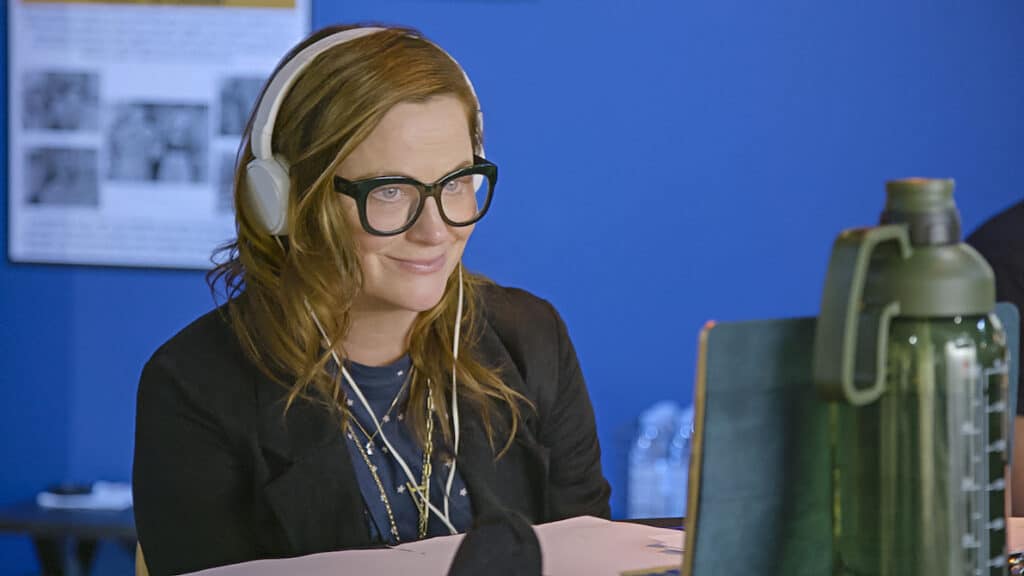
“When we sat with Amy,” recalls Wilkes, “one of the first things she said was, ‘Look, it really drives me nuts, when you’re watching a film about someone, and suddenly, you cut to somebody on camera who you know has had nothing to do with or never met this person. Maybe they’ve seen them on TV and really liked them, but what are they really doing to further your understanding, as an audience, of who this person was?’ And that really helped us resist the impulse to go, ‘Oh – we have to interview this famous person, because I know they love Lucy.’ Because then, you’re just collecting famous people.”
Says Sinclair, “The interviews need to move the story to the next place, to set up a position in the film. They are there to guide the audience, regarding the archive material that comes before or after, so that it makes you feel you’re in the story. They’re just moving the points along. You try never to have the interview make a point – the film makes a point, and then they do. And they do so in a way that the audience doesn’t feel they’re being lectured – but being talked with, not talked to.”
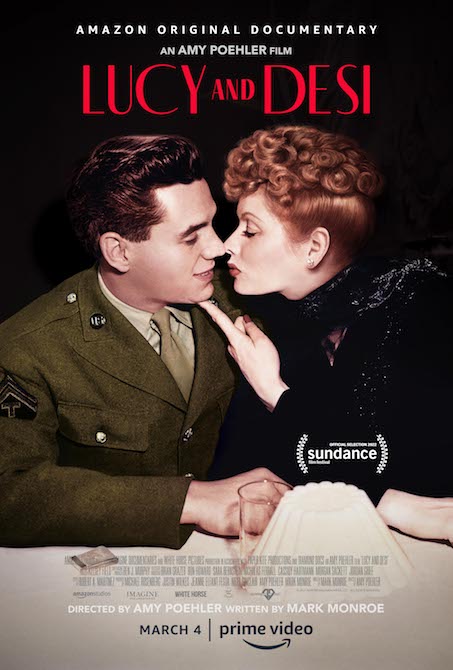
A “wish list” was put together, with input from the entire filmmaking team, eventually whittling down to some pretty terrific voices who could truly speak to the effect Lucy and Desi had on them, either directly or indirectly. Carol Burnett, who not only was mentored by Lucy, but also worked with her on her own show, was interviewed, as was Bette Midler, who similarly spent time with Lucy. “Carol grew up watching I Love Lucy, and saw what was possible,” Wilkes notes. “Lucy gave her permission, as a female, to enter a career of comedy, a role model Lucy didn’t have herself.” Producer Norman Lear, whose own shows tapped into the cultural zeitgeist of the moment – as well as revolutionized them – speaks to how Lucy and Desi changed things around. “We give him credit for revolutionizing TV in the 70s, but even he genuflects to Lucy and Desi, who did it in the 1950s.”
Lucie Arnaz and her brother, Desi Arnaz, Jr., of course, are key voices in the film – and, according to the filmmakers, were genuine partners in the project, as well. “They weren’t just signing off the right for us to tell the story,” says Martinez. “They were active collaborators. And they weren’t trying to impose any false narratives. They want to tell the true story. And they managed to keep an objective point of view, after all these years.”
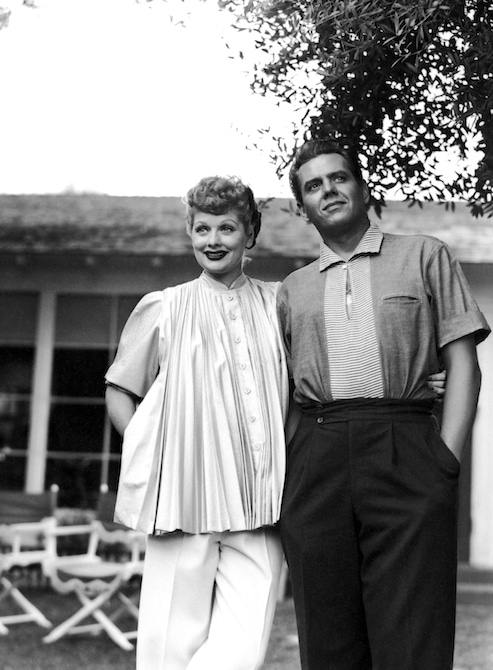
Another important voice is that of Cuban-American playwright, Eduardo Machado, a friend of Lucie Arnaz’s, and one of the first interviews filmed, in February 2021. A performer and entertainer, as well, Machado has written a number of plays about the Cuban experience in the U.S., and could address the experience of being, like Desi, a Cuban refugee that came through the next revolution (Castro).
“Eduardo could talk about the difference between being a refugee and an immigrant,” explains Elfant Festa. “He watched Desi, and could see a Cuban-American being something, after seeing other Latinos onscreen. Cesar Romero didn’t play Latin, and Carmen Miranda had fruit on her head. Desi brought class.” Machado also brings and everyman sense to those notions, as well, she says. “When a famous person says these things, they’re not relatable. I can relate to Eduardo.”
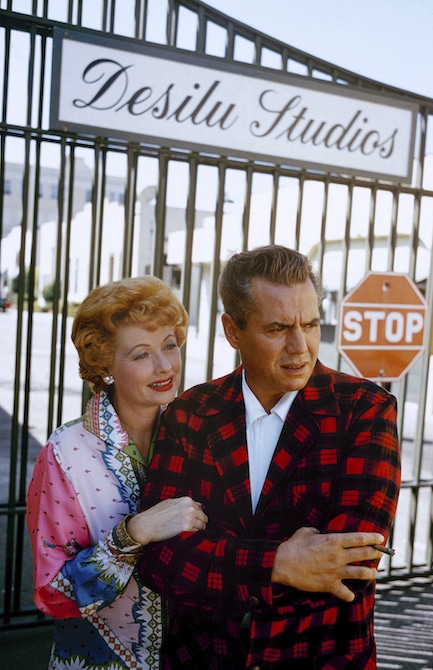
“He speaks to what a young man like him felt, watching Desi as Ricky,” Poehler adds. “Ricky’s dress, manor and status mattered. He was one of just a few Latin actors who got to be his own boss on TV – and behind the scenes. And is so poetic in how he speaks.” Notes Martinez, “He could speak to how it feels to see a Cuban onscreen, at a time when there were very few brown people on TV – and how he was able to pay that forward to his own generation.”
Representatives from the two museums in Lucille Ball’s hometown of Jamestown, New York – Journey Gunderson, executive director of the National Comedy Center, and her colleague there, Laura LaPlaca, director of archives and research there and at the nearby Lucy Desi Museum, also inform the story. “Their institutional knowledge was remarkable – they are walking encyclopedias of this story,” Monroe notes. “And just speaking to them, they were emotional. Their lives are connected to Lucille Ball, and that passion was evident to us.”
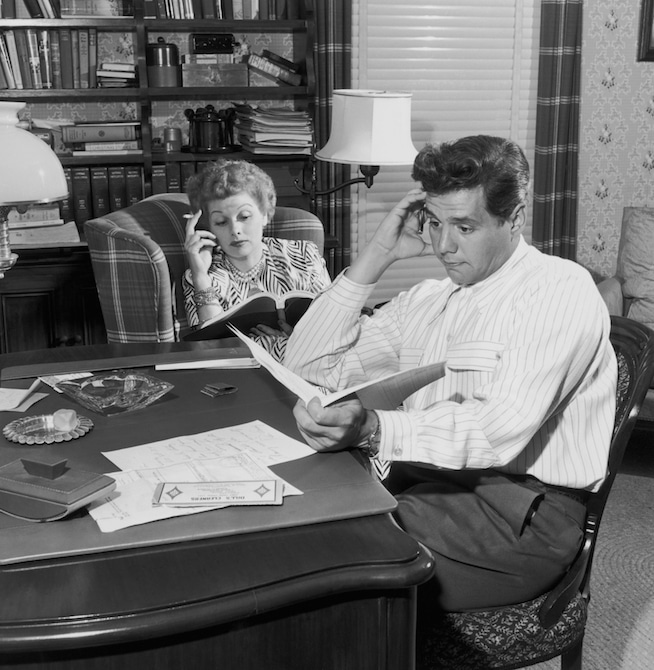
Pre-interviews were conducted by phone, many of them by Elfant Festa, which Sinclair notes is a good first step to determine who, among the candidate interviewees, will be best for inclusion in the film. The interviews are recorded, and some are even used as audio in the finished film (as well as used as placeholders for the filmed interviews, to allow Monroe to proceed with scripting, as well as allow Martinez to move ahead with editing).
When it came time to film the interviews – either in person or via Zoom, depending on Covid limitations – Poehler conducted all of them herself. With as much information as she was required to juggle, Poehler was able to count on her colleague, Jordan Grief, from her production company, Paper Kite, to help prep. “There’s a lot of homework, a lot of research to do to prepare,” the director states. “I have to do a lot of studying, which Jordan was a big help with. When doing interviews like these, you have to really understand what you’re talking about. It’s a dangerous place to think you know about something – it’s almost better if you come in assuming you don’t know anything.” Once the interviews were completed, they were pared down to only the key, important voices, always supporting Lucy and Desi’s taped voices.
Lucy and Desi begins streaming on March 4 on Amazon. The above production information is provided by Amazon.
